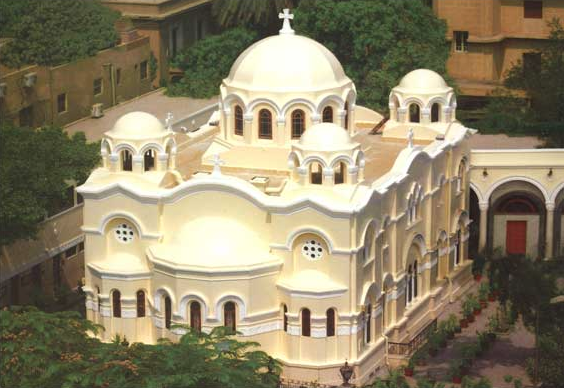
It's been a while since I've written a 🧵, but someone recently asked me whether or not there is a connection between the famous ḥadīth about the prostration of the sun in the Ṣaḥīḥ of al-Bukhārī and a passage in the Alexander Legend. Here’s my attempt at a cogent answer …
First, let’s look at the ḥadīth. Abū Ḏarr al-Ġifārī reports that he was at the mosque with the prophet at sundown, and unprompted the prophet asked,
“Abū Ḏarr, do you know where the sun sets?” “God and his messenger know best,” he replied. He answered, ...
“Abū Ḏarr, do you know where the sun sets?” “God and his messenger know best,” he replied. He answered, ...
“[The sun] proceeds until she prostrates (tasğuda) beneath the Throne; she asks permission, and permission is granted her. But soon [the sun] shall prostrate and it will not be accepted, and she shall seek permission but shall not receive it. It will be said to her, ...
‘Return to whence you came!”, and she will rise in West. That is meaning of the Exalted’s decree, «The Sun proceed along a course of its own; that is the decree of the All-Knowing Almighty» (Q. Yāsīn 36:38).”
The key idea here is the prostration (sağdah) of the sun: ...
The key idea here is the prostration (sağdah) of the sun: ...

it’s a nice monotheistic polemic against sun worship, as it portrays the sun as a servant of God.
The idea appears in the Syriac Alexander Legend, too, where it said that, “The sun is the servant of the Lord, and neither night nor day does it cease from travelling.” ...
The idea appears in the Syriac Alexander Legend, too, where it said that, “The sun is the servant of the Lord, and neither night nor day does it cease from travelling.” ...

When the sun (šamšā|ܫܡܫܐ) sets in a window of heaven at the flaming/bright sea (yammā nahīrā|ܝܡܐ ܢܗܝܪܐ; cf. ʿayn ḥāmiyah of Q. 18:86), “it bows down before God, its Creator (sged qdam alāhā barūyeh|ܣܓܕ ܩܕܡ ܐܠܗܐ ܒܪܘܝܗ).”
The ḥadīth preserved by al-Bukhārī might indeed ...
The ḥadīth preserved by al-Bukhārī might indeed ...
genuinely preserve an utterance of the prophet that bolsters the idea that some version of the Syriac Alexander Legend shaped his cosmological beliefs, even beyond what one finds in the Qurʾan. However, it is equally likely, in my view, that the ḥadīth attests to ...
cosmological beliefs attested in Late Antique literature. The Syriac Alexander Legend is not the only texts to mention such a belief. It also appears in the Talmud (Sanh. 91b), most famously in a legendary conversation between a convert named Antoninus and Yudah HaNesi. 

Such parallel texts are not necessarily important because they show that this or that text copied some other text – that’s only rarely case tbh. Oftentimes texts are merely opaque windows into the worldviews of the inhabitants of past...
The idea of the sun bowing in worship or greeting its Creator after sunset – whether or not this is understood literally or metaphorically – seems to be held in common by some Christians, Jews, and Muslims throughout the broader world of of Late Antiquity.
*sāged (not sged)
• • •
Missing some Tweet in this thread? You can try to
force a refresh















